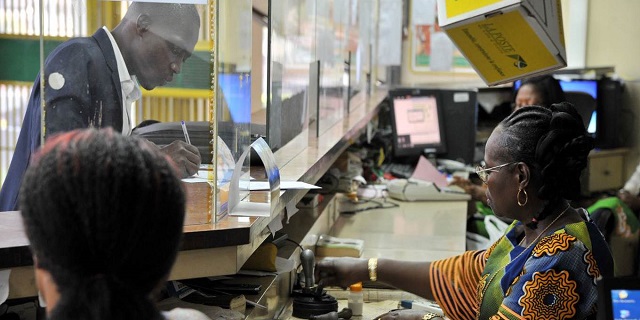
African governments are recognising intra-continental migration as a vital ingredient of growth
COMMENT | MUKHISA KITUYI | Few issues are as emotional as human migration. Images of desperate people on the move – whether trying to cross the US-Mexico border or packed onto rickety boats crossing the Mediterranean Sea – have heightened tensions and forged a narrative that migration has no upside.
But these images have also blinded us to the fact that people have always moved, and that migration is necessary and beneficial for human development. Nowhere is this fact more relevant today than in Africa.
Despite the ongoing political crisis surrounding African migration to Europe, the reality is that fewer Africans are migrating to European countries than when the numbers peaked in October 2015. As it happens, most African migrants move within Africa. And for African governments in particular, that fact creates an opportunity to harness the positive power of human mobility.
Understanding how migration can build wealth in Africa requires closer attention to migratory trends. According to data from my organisation, the United Nations Conference on Trade and Development (UNCTAD), of the 41.5 million people who migrated from, to, or within Africa in 2017, nearly half – 19 million – remained on the continent. Some 17 million people left Africa, while 5.5 million migrated to Africa from other parts of the world.
African migrants include both blue- and white-collar workers, and those who move within Africa often do so to fill labour gaps. For example, labour shortages in mining, construction, agriculture, and domestic services have fueled migration to South Africa and Côte d’Ivoire, two of the most important economic hubs on the continent. Elsewhere, Gabon’s lumber and mining sectors, Equatorial Guinea’s oil industry, and various industries in Kenya have also attracted migration from neighboring countries.
Simply put, migration in Africa helps destination economies grow. In addition to filling labour needs, the presence of large migrant populations spurs economic diversification, private-sector development, and value-added production. Moreover, migrants spend about 85% of their earnings domestically. That infusion of capital adds to destination countries’ tax base and boosts local consumption.
But Africa’s migrants also contribute to development in origin countries, thanks to remittances and knowledge sharing. In fact, the total value of remittances by African migrants now exceeds the amount of official development assistance (ODA) that African countries receive. Since 2015, remittances, which have grown strongly since 2000, have accounted for the bulk of total external financial flows to Africa, as ODA declined from 37% in 2001-2003 to 28% in 2012-2016. Remittances accounted for 51% of private capital flows to Africa in 2016, up from 42% in 2010.
Forecasts by UNCTAD predict that if pro-migration policies are adopted, Africa’s per capita GDP could increase 61% by 2030 – to about $3,250. In other words, intra-Africa migration is not only a human and social phenomenon; it is also a vital ingredient of growth.
African governments are beginning to recognise this. Many countries are supporting the African Union’s new Migration Policy Framework for Africa. And, since March 2018, more than half of the nearly 50 countries that pledged to create an African Continental Free Trade Area have adopted its protocol on the free movement of people.
To build on these achievements, African governments must draw inspiration from one another. For example, initiatives like Rwanda’s temporary visa program for semi-skilled migrants, and Morocco’s recent expansion of job categories for foreigners, will bring more flexible labour policies to these two markets. Many other destination countries would benefit from similar innovations.
Another milestone that would advance intra-Africa migration would be the rollout of the highly anticipated all-Africa passport. Unfortunately, while the initiative’s goal – to foster trade, integration, and socioeconomic development within the AU – is laudable, bureaucratic inertia is likely delaying its rollout.
Finally, the international community is preparing to adopt the first-ever Global Compact for Safe, Orderly, and Regular Migration. This landmark agreement represents a blueprint for managing global migration flows. It is also validation that migration is an economic necessity, and not only for Africa. When the compact is finalised later this year in Morocco, it must reflect the priorities that Africa’s leaders have already committed to.
With well-crafted and properly executed agreements, migration can be a boon to people and the places they call home. Today’s skewed media narratives ignore or neglect the benefits of migration. But with facts and commitment, it is possible to tell a very different story.
****
Mukhisa Kituyi is Secretary-General of the United Nations Conference on Trade and Development (UNCTAD).
Copyright: Project Syndicate, 2018.
www.project-syndicate.org
 The Independent Uganda: You get the Truth we Pay the Price
The Independent Uganda: You get the Truth we Pay the Price



